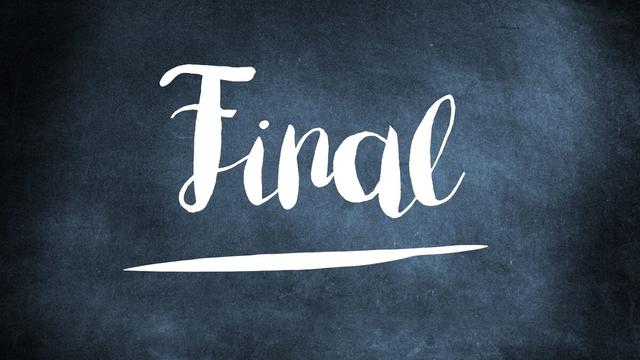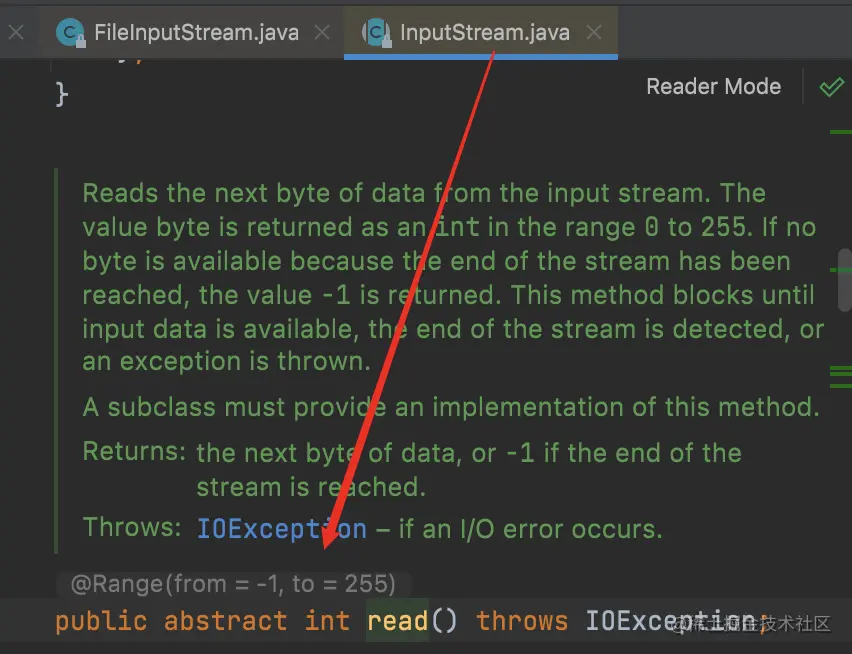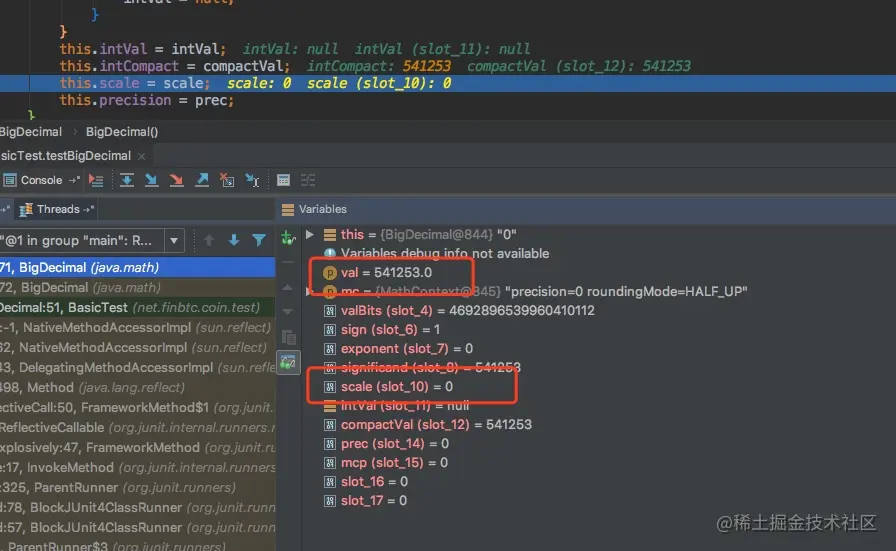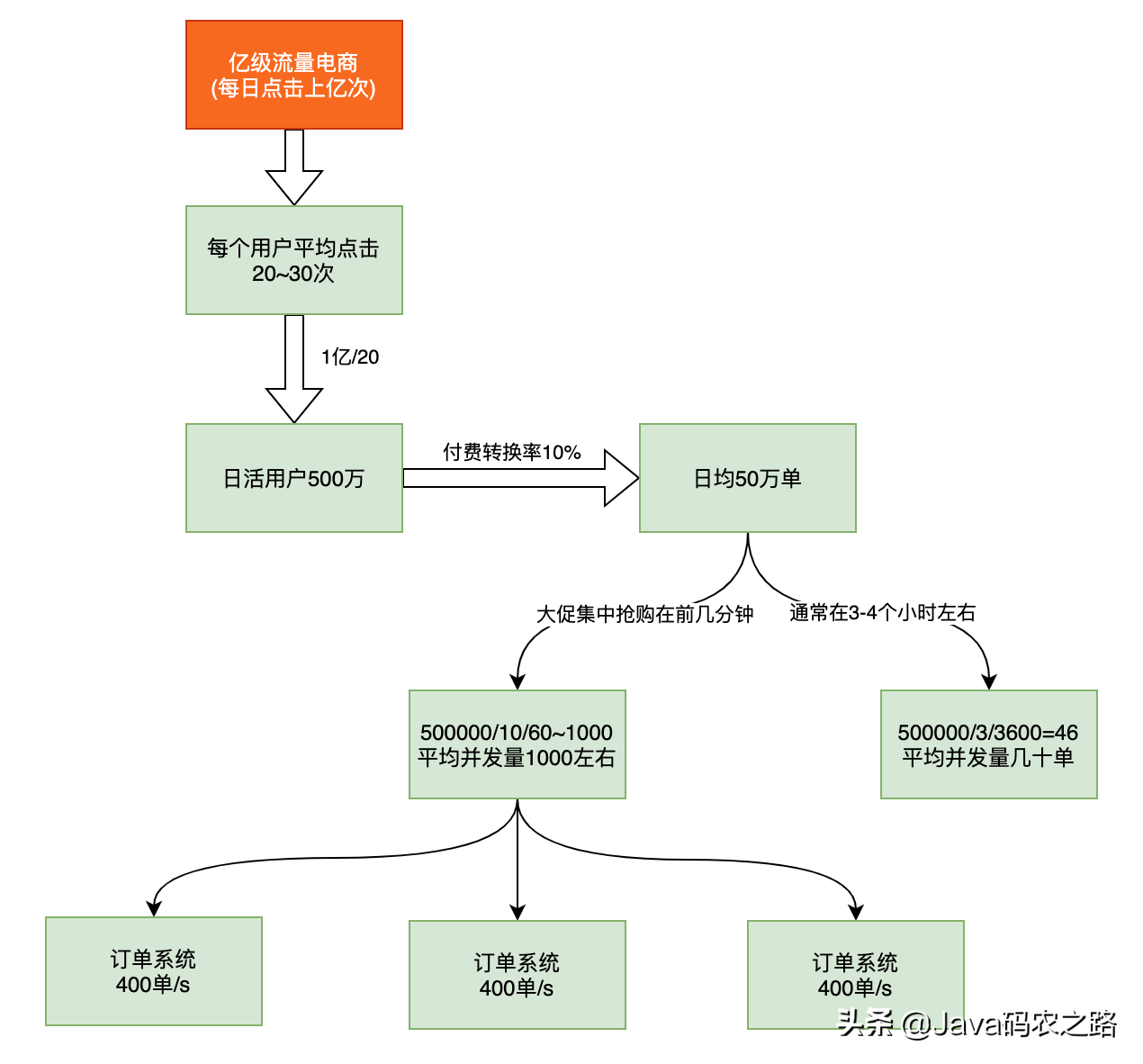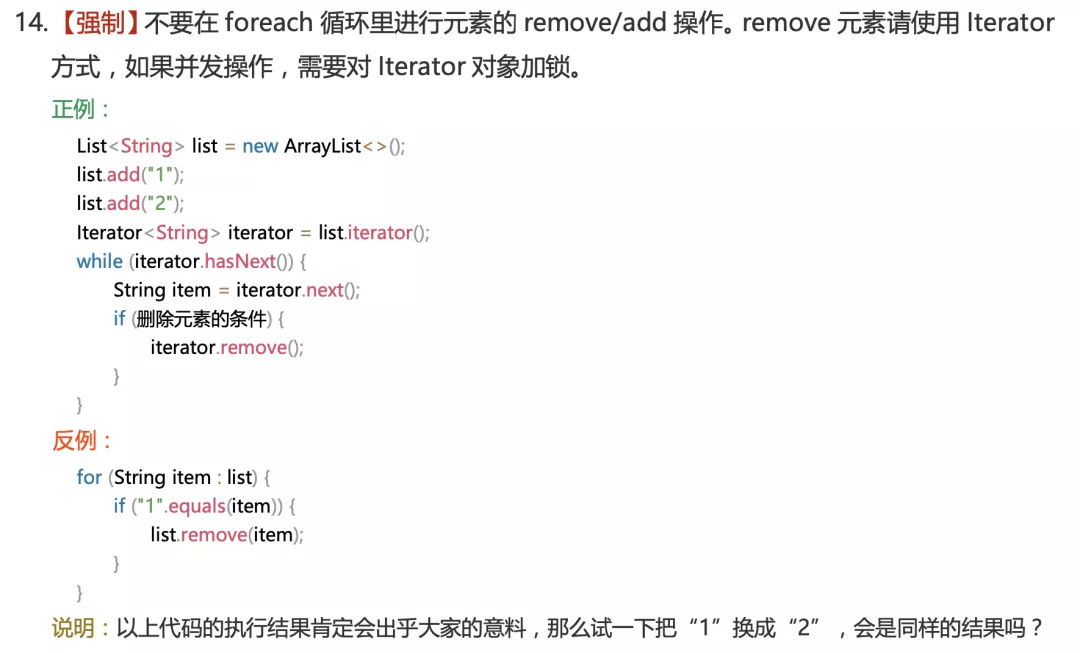在JAVA 7,AsynchronousFileChannel 被添加到了Java NIO中。使用AsynchronousFileChannel可以实现异步地读取和写入文件数据。
创建一个AsynchronousFileChannel
我们可以使用AsynchronousFileChannel提供的静态方法 open() 创建它。示例代码如下:
Path path = Paths.get("data/test.xml");
AsynchronousFileChannel fileChannel =
AsynchronousFileChannel.open(path, StandardOpenOption.READ);
第一个参数是一个 PATH 的对像实例,它指向了那个与 AsynchronousFileChannel 相关联的文件。
第二个参数是一个或多个操作选项,它决定了 AsynchronousFileChannel 将对目标文件做何种操作。示例代码中我们使用了 StandardOpenOption.READ ,它表明我们将要对目标文件进行读操作。
读取数据
AsynchronousFileChannel 提供了两种读取数据的方式,都是调用它本身的 read() 方法。下面将对两种方式进行介绍。
使用Futrue读取数据第一种反式是调用 AsynchronousFileChannel 的 read() 方法,该方法反回一个 Future 类型的对象。
Future operation = fileChannelread(buffer, 0);
第一个参数是ByteBuffer,从 AsynchronousFileChannel 中读取的数据先写入这个 ByteBuffer 。
第二个参数表示从文件读取数据的开始位置。
此 read() 方法会立即返回,即使整个读的过程还没有完全结束。我们可以通过operation.isDone()来检查读取是否完成。这里的 operation 是上面调用 read() 方法返回的 Future 类型的实例。下面是一段详细的代码示例:
AsynchronousFileChannel fileChannel =
AsynchronousFileChannel.open(path, StandardOpenOption.READ);
ByteBuffer buffer = ByteBuffer.allocate(1024);
long position = 0;
Future<Integer> operation = fileChannel.read(buffer, position);
while(!operation.isDone());
buffer.flip();
byte[] data = new byte[buffer.limit()];
buffer.get(data);
System.out.println(new String(data));
buffer.clear();
上面的程序首先创建了一个 AsynchronousFileChannel 对象,然后调用它的read()方法返回一个Future。其中read()方法需要两个参数,一个是ByteBuffer,另一个是读取文件的开始位置。然后通过循环调用isDone() 方法检测读取过程是否完成,完成后 isDone()方法将返回true。尽管这样让cpu空转了一会,但是我们还是应该等读取操作完成后再进行后续的步骤。
一旦读取完成,数据被存储到ByteBuffer,然后将数据转化为字符串既而输出。
使用CompletionHandler读取数据
第二种读取数据的方式是调用AsynchronousFileChannel 的另一个重载 read() 方法,改方法需要一个CompletionHandler 作为参数。下面是代码示例:
fileChannel.read(buffer, position, buffer, new CompletionHandler<Integer, ByteBuffer>() {
@Override
public void completed(Integer result, ByteBuffer attachment) {
System.out.println("result = " + result);
attachment.flip();
byte[] data = new byte[attachment.limit()];
attachment.get(data);
System.out.println(new String(data));
attachment.clear();
}
@Override
public void failed(Throwable exc, ByteBuffer attachment) {
}
});
一旦读取操作完成,CompletionHandler的 complete() 方法将会被调用。它的第一个参数是个 Integer类型,表示读取的字节数。第二个参数 attachment 是 ByteBuffer 类型的,用来存储读取的数据。它其实就是由 read() 方法的第三个参数。当前示例中,我们选用 ByteBuffer 来存储数据,其实我们也可以选用其他的类型。
读取失败的时候,CompletionHandler的 failed()方法会被调用。
写入数据就像读取一样,我们同样有两种方式向 AsynchronousFileChannel 写入数据。我们可以调用它的2个重载的 write() 方法。下面我们将分别加以介绍。
使用Future读取数据
AsynchronousFileChannel也可以异步写入数据。下面是一个完整的写入示例:
Path path = Paths.get("data/test-write.txt");
AsynchronousFileChannel fileChannel =
AsynchronousFileChannel.open(path, StandardOpenOption.WRITE);
ByteBuffer buffer = ByteBuffer.allocate(1024);
long position = 0;
buffer.put("test data".getBytes());
buffer.flip();
Future<Integer> operation = fileChannel.write(buffer, position);
buffer.clear();
while(!operation.isDone());
System.out.println("Write done");
首先实例化一个写入模式的 AsynchronousFileChannel, 然后创建一个 ByteBuffer 并写入一些数据。再然后将数据写入文件。最后,检查返回的 Future,看是否写入完成。
注意,写入目标文件要提前创建好,如果它不存在的话,writh() 方法会抛出一个 java.nio.file.NoSuchFileException。
我们可以用以下方式来解决这一问题:
if(!Files.exists(path)){
Files.createFile(path);
}
使用CompletionHandler写入数据
我们也可以使用 CompletionHandler代替Future向AsynchronousFileChannel写入数据,这种方式可以更加直接的知道写入过程是否完成。下面是示例程序:
Path path = Paths.get("data/test-write.txt");
if(!Files.exists(path)){
Files.createFile(path);
}
AsynchronousFileChannel fileChannel =
AsynchronousFileChannel.open(path, StandardOpenOption.WRITE);
ByteBuffer buffer = ByteBuffer.allocate(1024);
long position = 0;
buffer.put("test data".getBytes());
buffer.flip();
fileChannel.write(buffer, position, buffer, new CompletionHandler<Integer, ByteBuffer>() {
@Override
public void completed(Integer result, ByteBuffer attachment) {
System.out.println("bytes written: " + result);
}
@Override
public void failed(Throwable exc, ByteBuffer attachment) {
System.out.println("Write failed");
exc.printStackTrace();
}
});
当写入程序完成时,CompletionHandler的completed()方法将会被调用,相反的如果写入失败则会调用failed()方法。
要留意CompletionHandler的方法的参数 attachemnt是怎么使用的。
最后
私信回复 资料 领取一线大厂Java面试题总结+阿里巴巴泰山手册+各知识点学习思维导+一份300页pdf文档的Java核心知识点总结!
这些资料的内容都是面试时面试官必问的知识点,篇章包括了很多知识点,其中包括了有基础知识、Java集合、JVM、多线程并发、spring原理、微服务、Netty 与RPC 、Kafka、日记、设计模式、Java算法、数据库、Zookeeper、分布式缓存、数据结构等等。

